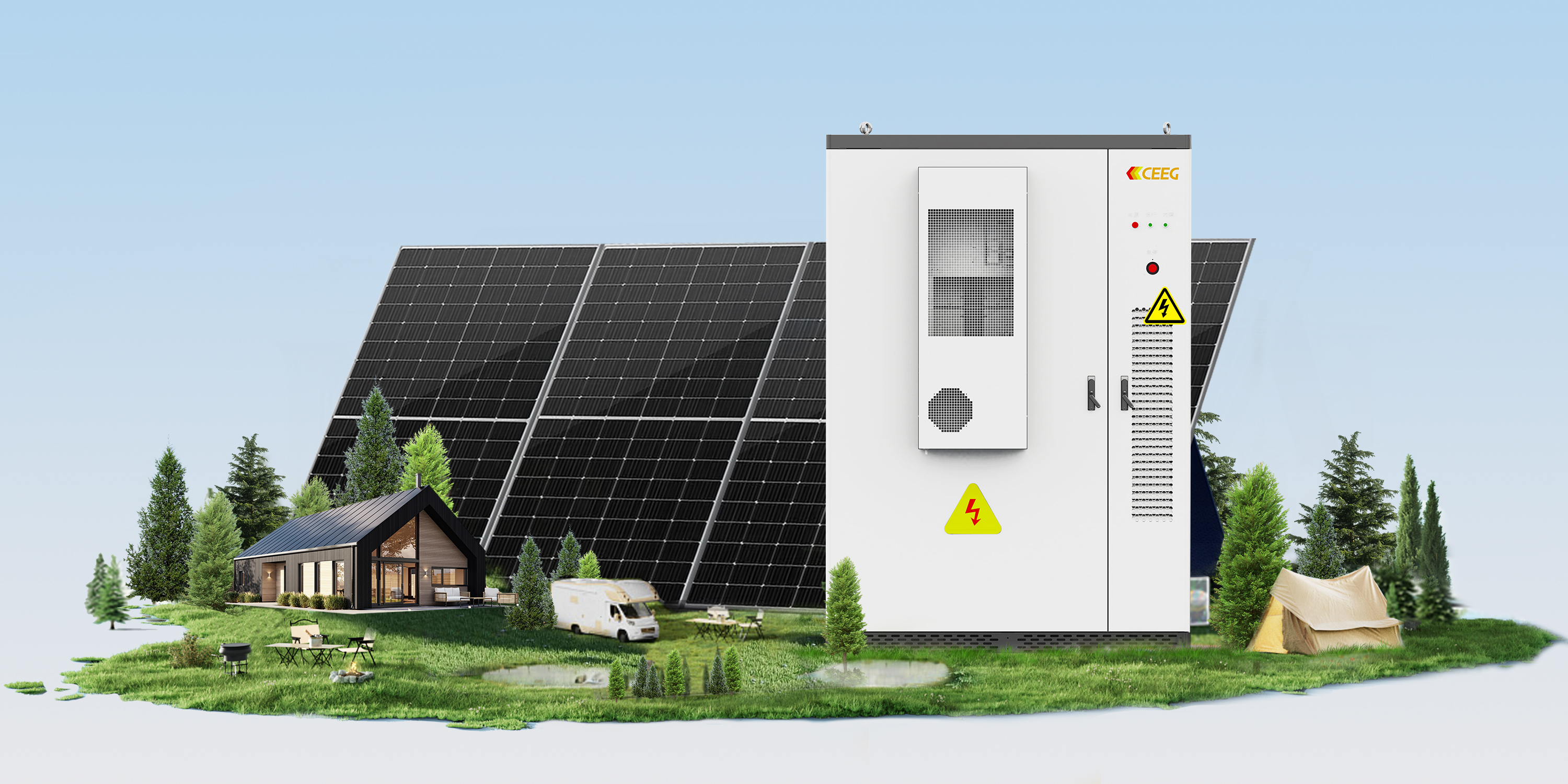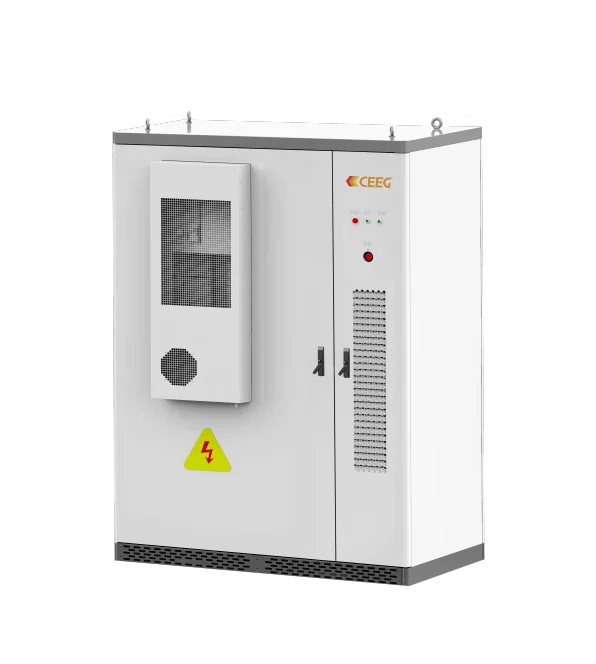The 215kWh air-cooled energy storage system (Model: CElC-W-215kWh-100kW) internally integrates DCDC energy storage/photovoltaic-side voltage transformation, supporting connection to photovoltaic systems. It is capable of Real-time monitoring of smoke and temperature, along with multiple-point real-time monitoring by BMS and EMS to ensure the system's safe and reliable operation. The EMS system enables the storage, transfer, and exchange of energy between the storage device, the photovoltaic system, the grid, and the load, thus optimizing the energy, and improving the stability of the power supply system and the quality of the power supply. and can be applied to thermal power, wind energy, solar power, and other power stations or islands, communities, schools, scientific research institutions, factories, large load centers, and other applications.

Description:
Modular assembly: Modular layout, flexible deployment, splicing, and assembly according to actual needs, speeding up on-site construction Speed, reducing floor space, and effectively reducing cost investment, occupying only about 2.3m²;
High security: Multiple fire protection design guarantees, combined with fire prevention and fire protection, effectively realize fire protection separation between modules and energy storage units Leave. Multiple redundant protections for ultimate security;
Better efficiency: The energy storage system adopts an AC string design, which fundamentally solves industry difficulties such as battery circulation. The system conversion efficiency can reach up to 93%;
SMART SOFTWARE: Intelligent management system, 24H system performance monitoring, real-time safety warning, periodic system System automatic inspection;
Peak Shaving: Discharge at time of peak demand to reduce expensive demand charges.
Advantages of the system:
Peak Shaving: Discharge at time of peak demand to reduce expensive demand charge
Optimization The Utilization Of Renewable: Daytime load maximizes PV power, and excess power is stored for use at night
Energy Backup: Powers a facility when the grid goes down, or application in areas without electricity.
Arbitrage: Carry out arbitrage by using peak and valley electricity prices in different periods.
Capacity Firming: Smooth out the intermittency of renewables by storing and dispatching when needed.
Cost Saving: Supply power at a distributed location to reduce investment in grid construction.
























